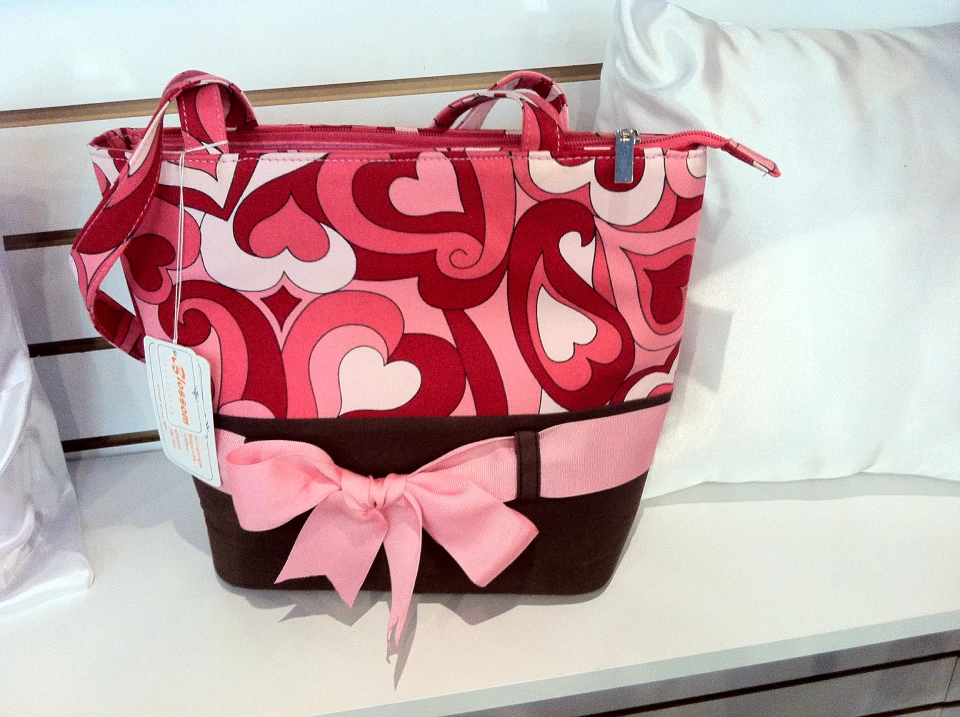Expert Screen Printing Providers for T-Shirts, Aprons, and More
The Art of Custom-made Needlework: Unlocking the Tricks to Creating Unique and Remarkable Designs
Embroidery, a craft steeped in tradition and creativity, holds within its elaborate stitches the power to transform material right into a canvas of one-of-a-kind expression. The keys to developing custom needlework designs that astound the eye and leave an enduring perception depend on a fragile balance of technique, creativity, and focus to detail. As we dive right into the globe of custom-made embroidery, we uncover the nuanced interplay in between string selection, sew complexity, and design personalization that raises a plain garment to an artwork. Join us on a trip via the art of custom-made needlework as we unravel the mysteries behind crafting absolutely remarkable and unique developments.
Picking the Right Embroidery Threads
When choosing embroidery threads, what essential aspects should you take into consideration to make sure the finest results for your custom-made designs? The option of embroidery string is crucial in identifying the final result of your embroidered design.
Thicker strings can add measurement and texture to your style, while finer strings are ideal for intricate details and little text. Furthermore, considering the color fastness and washability of the thread is important to ensure that your personalized layouts keep their top quality and vibrancy over time.
Checking Out Various Stitch Techniques
To explore the world of 'Checking out Different Stitch Strategies', one have to understand the complexities and nuances that each sewing technique brings to the art of needlework. Various stitch strategies not only include aesthetic interest yet also add to the overall appearance and dimension of the layout. One prominent stitch technique is the satin stitch, which involves very closely packed parallel stitches to develop a smooth and shiny surface area, perfect for filling up in shapes and creating vibrant lays out.
On the other hand, the backstitch is a versatile method commonly used for describing and including great details. It involves sewing in reverse to produce a strong line of embroidery. Furthermore, the French knot stitch includes a responsive aspect to layouts, perfect for producing distinctive accents like blossom facilities or ornamental touches.
Exploring different stitch strategies permits embroiderers to play with light, darkness, and deepness within their styles, elevating the aesthetic charm and creative quality of their embroidery jobs. By mastering different sewing techniques, one can unlock unlimited possibilities for developing special and remarkable custom needlework items.
Incorporating Personalized Layout Aspects
Having actually discovered the intricacies of various stitch techniques such as the satin stitch, backstitch, and French knot, the focus now shifts towards integrating customized style aspects in custom visit site needlework projects. Personalized style components play a crucial duty in making needlework tasks absolutely distinct and remarkable.
Another means to incorporate tailored style aspects is by consisting of signs or concepts look these up that hold unique significance to the recipient or show their passions and individuality. For example, including a favored blossom, pet, or hobby-related sign can make the needlework layout much more purposeful and individualized. Furthermore, picking colors that resonate with the recipient or line up with the desired style can better boost the personalization of the needlework task.
Mastering the Art of Color Control

One trick element of shade coordination is recognizing shade concept. This includes understanding just how different shades interact with each other, the feelings they share, and how they can be combined to produce visually appealing styles. By using shade concept principles, embroiderers can develop harmonious shade combinations that improve the overall appearance of the layout.
Furthermore, taking notice of contrast is vital in shade control. Making use of contrasting shades can aid particular components of the design pop, boost readability, and produce a visually vibrant needlework piece. By understanding the art of shade sychronisation, embroiderers can boost their layouts and create remarkable pieces that resonate with customers and viewers alike.
Enhancing Texture With Advanced Needlework Stitches

French knots, for instance, are excellent for including small, elevated dots to your layout, resembling the look of beads or developing a textured surface area. Bullion knots, on the various other hand, can be utilized to produce twisted, ropelike components that include a luxurious feel to the needlework. Seed sewing involves tiny, scattered stitches that can fill out locations with a multicolor appearance, while turkey work develops fluffy, dimensional accents similar to animal fur or vegetation. Experimenting with these sophisticated needlework stitches permits you to press the limits of traditional embroidery and develop truly distinct and aesthetically attractive textures in your styles.
Verdict
In conclusion, the art of personalized embroidery involves a combination of choosing the best threads, exploring numerous stitch techniques, incorporating personalized style elements, grasping color sychronisation, and boosting structure with innovative stitches. By recognizing and executing these vital elements, embroiderers can produce unique and remarkable designs that display their imagination and skill. Embroidery lovers can unlock the tricks to developing attractive and custom pieces that stick out and leave a long-term impact.